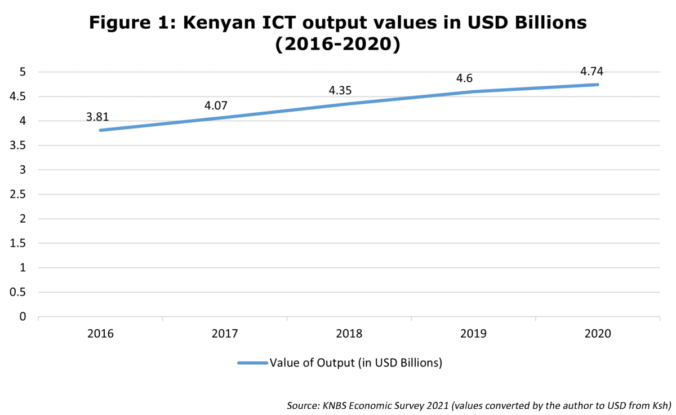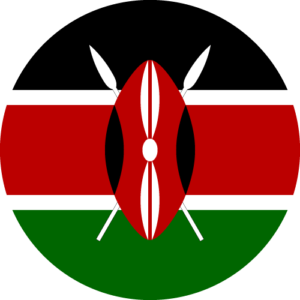Technological advances have changed how global markets operate, meaning Kenya and the manufacturing sector must keep pace with these trends (Alando, 2017). Kenya is relentlessly becoming one of the fastest-growing e-commerce markets in Africa, with a more significant part of dealers and shoppers utilizing social media stages to advance, offer and purchase items and administrations. The effects of Covid-19 have inclined people to consume their goods online; 38.07 million is the projected number of e-commerce users in Kenya by 2027. Sky Garden is a platform that allows consumers to purchase goods and pay in installments, making it feasible for Kenyans in rural areas to access the same quality of goods (Wanjiru, 2023). After food processing, the cotton, textiles, and apparel (CTA) sector is Kenya’s second-largest industrial sector and has been designated a core industry. Researchers, ginners, farmers, spinners, input suppliers, textile manufacturers, and extension service providers are just a few participants in Kenya’s CTA manufacturing value chain. Kenya now produces around 7,000 tons of cotton lint, compared to a possible 200,000 tons of lint or 750,000 tons of seed cotton. Production has been inconsistent since a few years ago and has fallen short of domestic mills’ needs. As a result, Kenyan businesses import cotton from nearby nations that also produce it, such as Tanzania and Uganda. One of Kenya’s most important cash crops is cotton. Kenya presently produces 25,000 cotton bales on average, far less than the 200,000 currently required. As a result, a significant amount of cotton is imported from other nearby nations to make up for the shortfall (Kohantextilejournal, 2021). The future of the green economy in Kenya is intertwined with the countries green potential.
Several steps have been taken to build a more environmentally friendly economy in Kenya, and the country produces the highest percentage of renewable energy in Africa, with 89.6% of its total electricity produced from renewable sources. With 89.6% of its total electricity production derived from renewables, it is Africa’s leader in wind and solar energy generation. The principles and practices of the circular economy are increasingly being considered by businesses and governments (Ashraf & Seters, 2022). Local or regional suppliers are a large part of companies’ interest in using fabrics, but they simply cannot fulfill their requirements. It is stated by companies that the following factors affect their performance: poor or uneven quality, incorrectness, and failure to comply with technological specifications. Most of the textiles needed by garment companies exporting to export markets are imported, mainly from China. It is not the cost that makes it necessary to import these articles but rather a lack of availability because domestic producers cannot comply with both volume and quality requirements (Vbodmer, 2020). Technology has transformed the way people do business in and with Kenya.
Page Author: Jailine Collado




